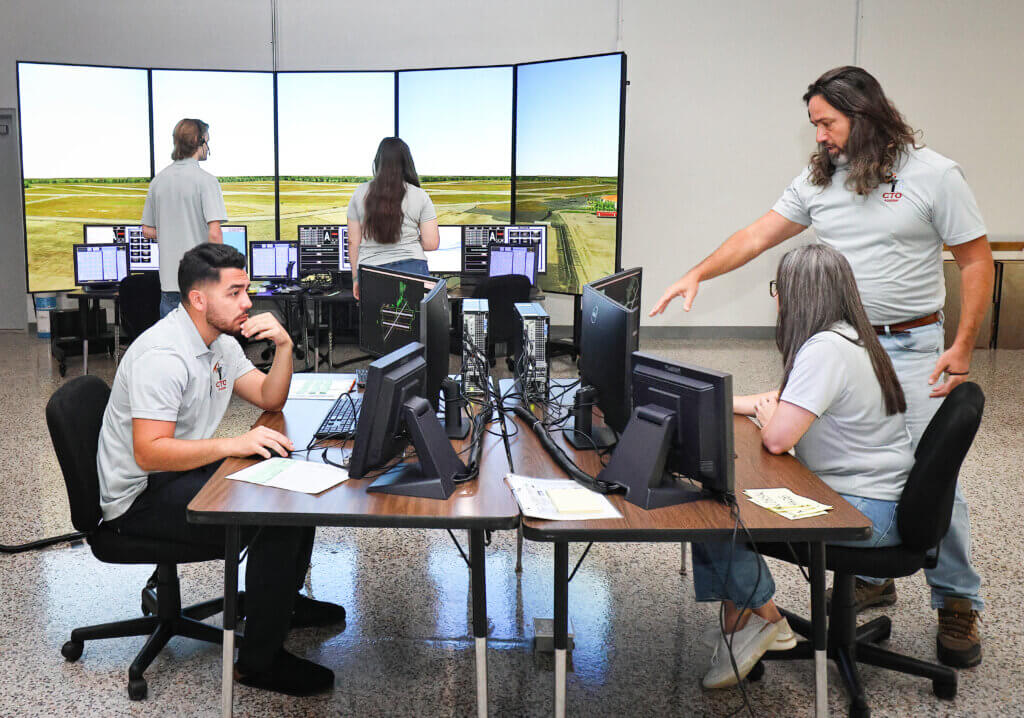The Health of Polk
Mental health, access to health services, nutrition and exercise, and deaths of people walking and riding their bicycles continue as some of the top concerns for residents in Polk County, according to the 2020 Community Health Assessment (CHA) completed in May.
The county Health Department and its partners gathered and analyzed data to determine which health topics are most critical here. The assessment is done every three to five years.
As part of our series to learn more about the CHA and the work being done by a variety of partners, this piece highlights the work around addressing primary care needs within Polk County.
The Primary Care Team for Building a Healthier Polk has a prescription to reduce the obesity rate, focusing on instilling healthier habits in children to lead to a lifetime of good health. A partnership with Florida Southern College and the cooperation of doctors and nurses are moving the team further toward its goals.
Team members knew the task would be difficult. “The behaviors we were trying to affect were systemically and often culturally ingrained so would not be something we would see an immediate change in,” said Holly Vida, Central Florida Health Care’s director of marketing and community relations. “Now that the 2020 health assessment has been completed, the team will take on the same goals. But it may change its strategic plan and add additional strategies to help reduce the obesity rate and pulse, including for adults. That plan was a long-range, ending in 20 years.”
For the last few years, the team, one of several working under Polk Vision, has committed to the 5-2-1-0 Prescription for Healthy Habits program. “We have the chance to begin educating children from a young age, so they have the opportunity and ability to make decisions regarding their well-being,” Vida said.
The 5-2-1-0 program allows children to pick one of the following four daily goals to commit to in an effort to reduce the increase in the obesity rate from childhood to adolescence:
- Add 5 fruits and vegetables to their eating.
- Reduce screen time to 2 hours less.
- Get 1 hour of physical activity.
- Or have 0 sugary drinks.
The most popular goal selected was eating 5 servings of fruit and vegetables; the least popular goal was reducing recreational screen time.
“Often, physicians are talking about well-balanced meals and eating more fruits and veggies vs. sugary products. Possibly then the choice is top of mind. We don’t have an answer other than they will agree to just about anything before giving up a piece of technology in most instances.”
The team’s main focus has been helping doctors’ offices “have great conversations regarding choices vs. providing additional solutions on increasing play/exercise,” she said.
Since the program started, practitioners have written over 5,000 5-2-1-0 Healthy Habits prescriptions, said Jenna Levine, public health planning manager for the Florida Department of Health in Polk County.
“That means over 5,000 conversations have taken place between families with young children and their pediatric providers about healthy weight and healthy habits.”
Eight pediatric primary care practices are currently participating; the number of providers varies but has been as high as 40.
The Primary Care team, which meets once a month, is excited about its partnership with Florida Southern College, which uses the information as part of its nursing education curriculum “that is building a foundation for thousands of future conversations with these providers into our community,” Vida said.
The Florida Southern Partnership
FSC’s School of Nursing and Health Sciences joined this initiative about two years ago. “The goal was to expand the program through integration in our nurse practitioner curricula,” including coursework that can be applied in clinical rotations. That provided students an opportunity to “expand their knowledge on the important topics of childhood wellness, nutrition, obesity and application of the 5-2-1-0 framework in practice settings,” said assistant professor Deborah Cantero, co-chair of the Primary Care Team.
Student involvement extends beyond the Polk County area since many students complete clinical rotations in other Florida counties, she said.
The 5-2-1-0 program “is an evolving and emerging best practice for addressing obesity at the community and practice levels. We project that the program holds significant potential for improving the health of children and their families in Polk County and beyond with sustained and expanded implementation over time,” Cantero said.
Some involved in the county level, like Levine, have been guest presenters in FSC’s classes to “introduce students to the 5-2-1-0 toolkit and model and support their efforts for implementation in practice settings in the community,” she said.
COVID-19 has provided challenges to meeting regularly and allowing students to secure clinical placements. Nevertheless, Vida said “partnering with FSC was a turning point in the trajectory of our team. For those who were on the team, we had been seeking the next level of engagement with the community. We had lots of providers participating and we seemed to be running pretty smoothly, but in terms of moving the messaging and/or the team to the next level we knew we needed to expand.”
Department chair Linda Comer and the faculty brought their passion and commitment to the table,” Vida said. “After a few minutes of conversation explaining the team’s strategic plan, Dr. Comer and her staff had multiple ideas in mind of how to ingrain this messaging into the fabric of the conversations their students were having with families and patients. The messaging of 5-2-1-0 is truly universal regardless of treating a pediatric or adult patient; it’s simply about making healthy choices daily.”
The Future
If money were not an object, Cantero said, she would spend the necessary resources to further implement the current strategies and add new ones.
For now, getting parents on board is important. “This could be accomplished at multiple levels with engagement of clinical practice partners, schools, health and social services organizations in the community, and additional academic-practice collaborations,” she said. “Health marketing at the local and regional levels could also be used to promote awareness and involvement of parents.”
Vida agreed. “As with many public health/community health campaigns, sufficient manpower and electronic and printed materials are critical to widespread adoption and dissemination of information and education at the community level.”
With more money, the team would work to “meet people where they are culturally, financially and emotionally in order to reduce obesity. We need programs that are sensitive to each individual person’s need and background in preventing and educating regarding obesity and the risk factors associated with it.”
Another item affecting obesity is limited access to nutritious food, whether it’s due to cost or proximity, Vida said. “We need to address food deserts in Polk County.”
Everyone working on this program is a volunteer and involved in Polk Vision, Vida said “All of this work and has been done as part of our drive and passion to see Polk be a wonderful place to live for all residents.”



